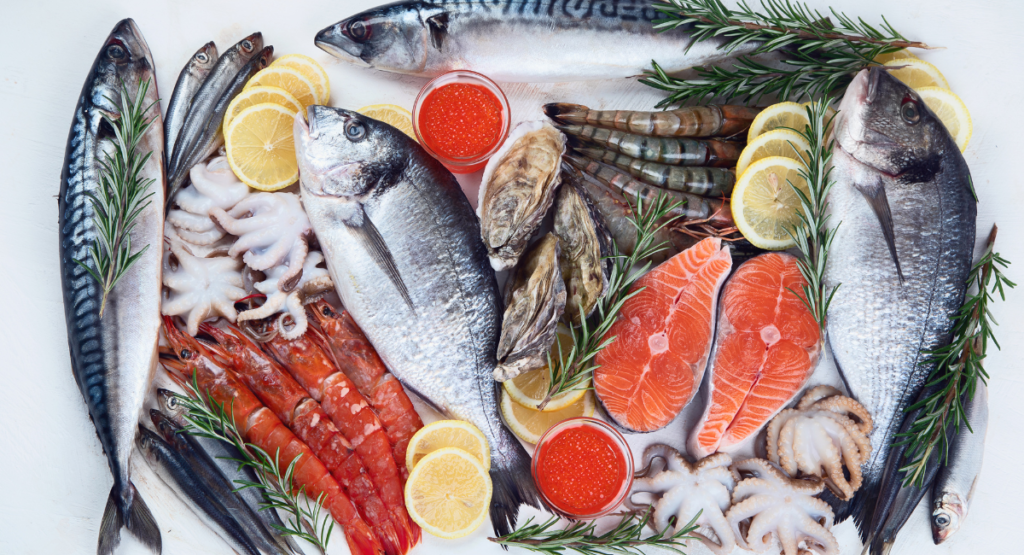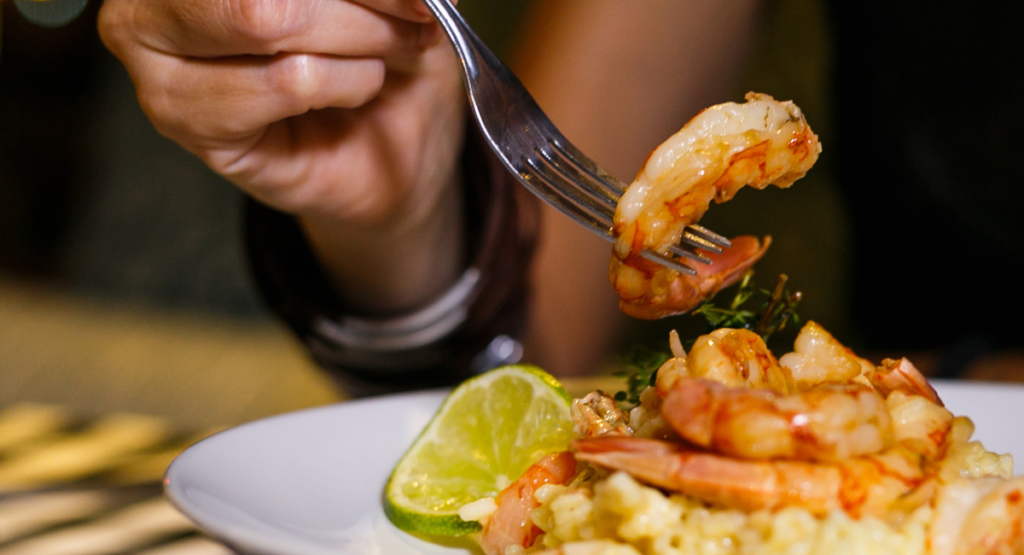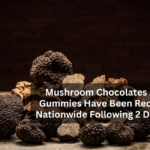According to the Copernicus Climate Change Service, Monday, July 22 was the Earth’s warmest day in recent history. On that day, the daily worldwide average temperature hit 17.15°C (62.87°F), breaking the previous record of 17.09°C (62.76°F) set just the day before on July 21, 2024. This extra heat is wreaking havoc on the globe, rendering seafood unsafe for human consumption.
“The prevalence of Vibrio [bacteria] in seafood is expected to increase both globally and in Europe because of climate change, especially in low-salinity or brackish waters,” the European Food Safety Authority stated concisely in its new report. The publication said that “resistance to last-resort antibiotics is increasingly found in some Vibrio species.”
The Cleveland Clinic defined Vibrio, or V. vulnificus, as a species of bacteria that can enter the human body after eating “uncooked or undercooked shellfish” or through an open wound in brackish water. It highlighted that the bacteria can “lead to sepsis, shock, and large, spreading blisters that destroy tissues.” While the bacteria is now rare, the medical journal StatPearls stated that V. vulnificus “has the highest number of seafood-related deaths in the United States.”
As you may remember, in 2023, an outbreak of Vibrio attacked the United States, causing countless illnesses and one death in Connecticut, New York, and North Carolina. At the end of its inquiry, the Centers for Prevention and Control of Diseases stated, “A striking feature of these instances, despite their catastrophic clinical consequences, is that they occurred in the aftermath of record-breaking U.S. heat waves. Although the cases reported during
July-August cannot be attributed solely to the heat waves; the relationship between vibriosis incidence and environmental conditions favorable to Vibrio growth, such as elevated water surface temperatures and low salinity, is well-documented.”

Experts, especially seafood merchants, do everything possible to limit its spread, such as harvesting shellfish in shady regions, flash freezing, and keeping items at milder temperatures throughout transportation.
To determine how dire the situation could become if global temperatures continue to rise, the European Food Safety Authority reviewed data spanning the last two decades and “found in approximately 20% of the tested seafood samples, with one out of every five positive samples containing pathogenic strains.”
It went on to say that since extreme weather events have become more common, Vibrio infections in Europe have increased.
“Warmer coastal waters have expanded the areas where Vibrio bacteria can multiply, resulting in a higher risk of infection from contaminated seafood,” it claimed. Like in the United States, susceptible regions include those with brackish or low-salinity waters (the Baltic Sea, Baltic and North Sea transitional waters, and the Black Sea) and coastal areas.
This hazard does not just affect European waters. In 2023, the United States Department of Agriculture noted that climate change “is expected” to expand the area and season of Vibrio infections as sea surface temperatures rise and raise the cost of treatment. It stated that U.S. instances of disease from Vibrio infections “may increase 50% by 2090” compared to 1995 case rates “with moderate increases in greenhouse gas concentrations.”
However, it warned that Vibrio infections may grow “more than 100% if global warming is not mitigated.” The yearly cost of these illnesses will double to $6.1 billion in 2090 under the lower emissions scenario and almost triple to $8.6 billion under the higher emissions scenario. It continued: “Across both scenarios, about 95% of total costs are due to deaths resulting from Vibrio infections.”

And this week’s hot weather isn’t a one-off. According to the Copernicus Climate Change Service, the previous daily global average temperature record before July 2023 was 16.8°C (62.24°F), set on August 13, 2016. However, since July 3, 2023, “there have been 58 days that have exceeded the previous record.”
What Customers Can Do?
Stay Informed: Staying up to speed on seafood advisories and health agency reports can help consumers make safer decisions. Understanding which types of seafood are most likely to be contaminated might help you make informed shopping decisions.
Choose Wisely: Selecting seafood from colder waters or locations less affected by climate change helps lower the danger of contamination. Furthermore, eating smaller, lower-trophic-level fish like sardines and anchovies may minimize exposure to pollutants like mercury.
Proper Handling and Cooking: Properly handling, storing, and cooking seafood can help reduce the risk of foodborne disease. For example, thoroughly boiling shellfish can lower the risk of infection with Vibrio bacteria.
The Need For Action
The increasing risks connected with seafood due to climate change highlight the importance of taking comprehensive action to address the leading causes of global warming. Reducing greenhouse gas emissions, conserving marine habitats, and investing in sustainable fisheries management are all critical steps toward ensuring seafood’s future safety and availability.
In conclusion, when climate change alters ocean conditions, the dangers linked with seafood consumption increase. From dangerous algal blooms to rising mercury levels, seafood safety is jeopardized. Consumers, health officials, and lawmakers must work together to reduce these dangers and keep fish a safe and sustainable food supply.
Thank you for visiting on our site …..
Read More: Mushroom Chocolates And Gummies Have Been Recalled Nationwide Following 2 Deaths.


